Climbing Safety: Sudden Mountain Weather Survival Tips
Climbing enthusiasts know that reaching the summit is a thrilling adventure, but it can quickly turn perilous when sudden weather changes occur. As you ascend, the skies can shift from clear blue to ominous gray in a heartbeat, and being unprepared could mean the difference between safety and disaster. That’s why understanding essential emergency tips is crucial for every climber. From recognizing early warning signs to mastering survival techniques, a proactive approach can make your summit experience safer and more enjoyable. Whether you’re a seasoned mountaineer or a weekend hiker, staying vigilant and informed is key. Join us as we explore vital strategies to keep you safe amidst nature’s unpredictability, ensuring you not only reach your destination but return with stories to tell. Equip yourself with the knowledge to navigate unexpected challenges, and let every climb be a celebration of both adventure and safety.
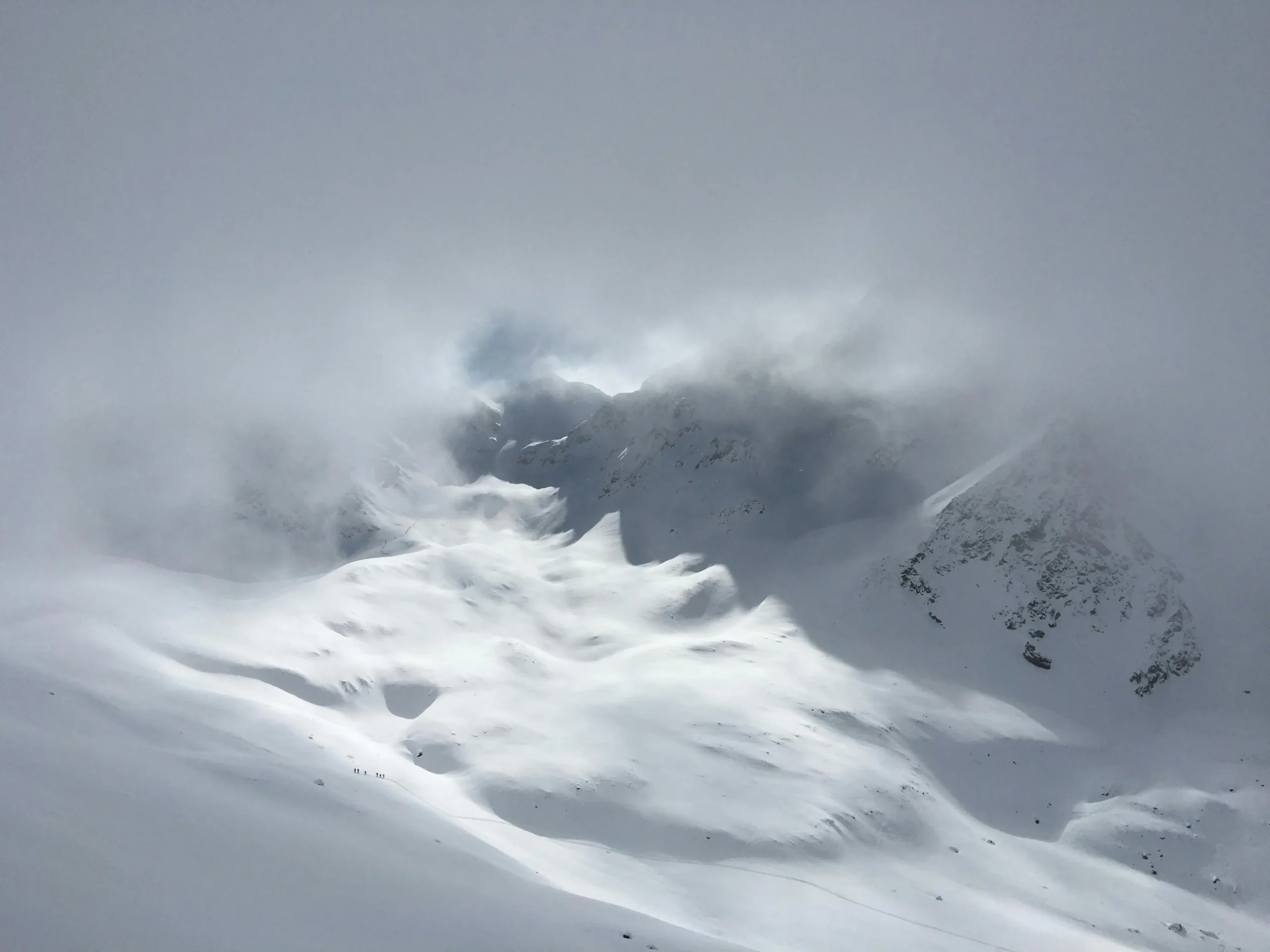
Table of contents
Understanding the Risks of Sudden Weather Changes in Climbing
Preparing for the Unexpected: Essential Gear for Climbers
Recognizing Weather Patterns: How to Read the Signs
Emergency Communication: Staying Connected on the Mountain
First Aid Essentials for Climbers: What to Pack
Navigating Difficult Terrain in Poor Weather Conditions
The Importance of Teamwork and Communication in Emergencies
Case Studies: Real-Life Climbing Emergencies and Lessons Learned
Training for Adverse Conditions: Skills Every Climber Should Have
Understanding the Risks of Sudden Weather Changes in Climbing
Climbing is an exhilarating activity that tests the limits of human endurance and bravery. However, the unpredictable nature of weather in mountainous regions can turn a thrilling adventure into a life-threatening ordeal within moments. The risks associated with sudden weather changes are not to be underestimated; they can range from hypothermia and frostbite to avalanches and lightning strikes. Understanding these risks is the first step to mitigating them.
One of the primary dangers of sudden weather changes is the rapid drop in temperature. A warm, sunny day can quickly turn into a frigid nightmare as high altitudes amplify weather shifts. Climbers can be caught off-guard, especially if they have not prepared adequately. Hypothermia becomes a significant risk under these conditions, as the human body loses heat faster than it can produce it. Symptoms like shivering, confusion, and exhaustion can set in quickly, making it challenging to make rational decisions or continue the climb.
Another critical risk is the onset of severe storms, which can bring heavy snowfall, rain, and strong winds. These conditions can create whiteout scenarios, drastically reducing visibility and making navigation nearly impossible. Storms can also trigger avalanches, which are among the deadliest threats to climbers. Being aware of the weather forecast and recognizing the signs of an impending storm can provide crucial minutes to find shelter or descend to a safer altitude.
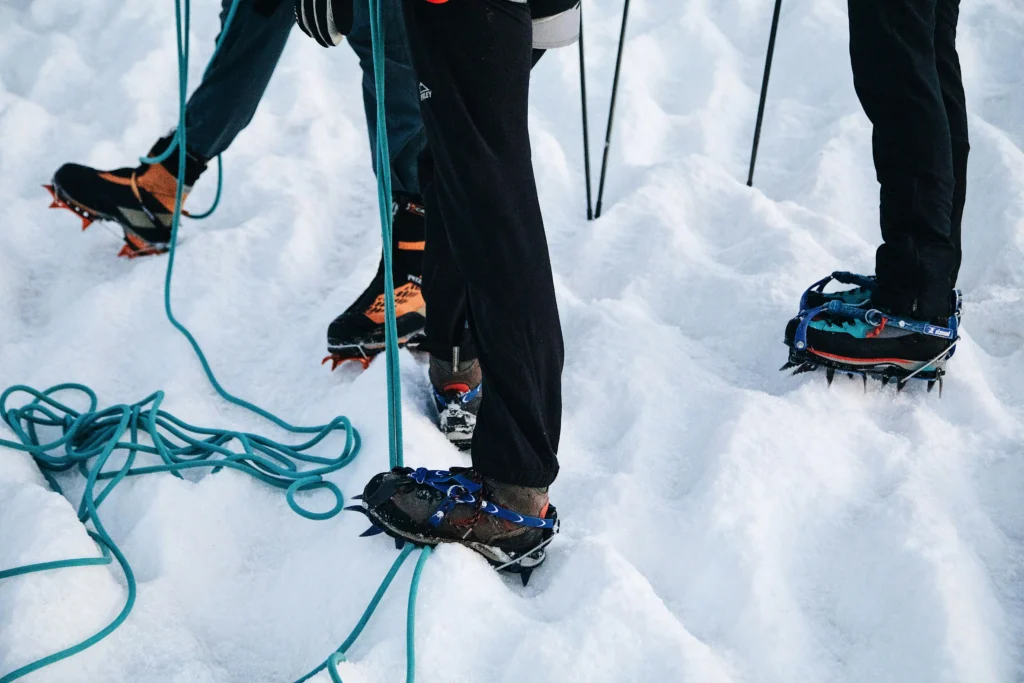
Preparing for the Unexpected: Essential Gear for Climbers
Preparation is key to surviving sudden weather changes, and having the right gear can make all the difference. Essential items should be chosen carefully, considering the worst-case scenarios one might encounter during a climb. Packing smartly not only ensures safety but also enhances the overall climbing experience.
Firstly, proper clothing is paramount. Layering is the most effective way to manage body temperature and protect against the elements. Climbers should wear moisture-wicking base layers, insulating mid-layers, and waterproof, windproof outer shells. This combination allows for adjustments based on the weather conditions encountered. Additionally, high-quality gloves, hats, and socks are essential to prevent frostbite and retain body heat.
Secondly, a reliable and well-equipped backpack is indispensable. It should contain items like a first aid kit, extra food and water, a multi-tool, and an emergency blanket. Navigation tools such as a map, compass, and GPS device are also crucial for finding one’s way during low visibility conditions. Moreover, carrying a portable stove and fuel can be a lifesaver, providing a means to melt snow for drinking water or prepare hot meals to stave off hypothermia.
Lastly, specialized equipment such as crampons, ice axes, and ropes are essential for traversing icy and rugged terrain. These tools provide stability and safety, especially during unexpected weather changes. A headlamp with extra batteries is also vital, as darkness can fall suddenly in mountainous regions. By ensuring that every piece of gear is checked and in good working condition, climbers can face sudden weather changes with greater confidence and security.
Recognizing Weather Patterns: How to Read the Signs
Being able to read weather patterns is an invaluable skill for any climber. Nature often provides subtle clues about impending weather changes, and recognizing these signs can grant precious time to prepare or seek shelter. Understanding cloud formations, wind patterns, and temperature shifts can help climbers make informed decisions.
Clouds are one of the most reliable indicators of weather changes. For instance, cumulonimbus clouds, with their towering and anvil-shaped appearance, are a clear sign of thunderstorms. These clouds can develop rapidly and bring heavy rain, lightning, and strong winds. On the other hand, lenticular clouds, which resemble flying saucers, often indicate strong winds at high altitudes, suggesting that conditions may become more challenging.
Wind patterns also offer important clues. A sudden change in wind direction or speed can signal an approaching storm. Climbers should pay attention to the feel and sound of the wind. A growing roar or a sudden drop in temperature can precede a weather front’s arrival, providing a warning to take immediate action. Additionally, a shift from a steady breeze to gusty winds can indicate instability in the atmosphere.
Temperature changes are another critical factor. A quick drop in temperature can be a precursor to a storm or a cold front moving in. It’s essential to monitor not only the ambient temperature but also the wind chill factor, which can make conditions feel significantly colder. By keeping a keen eye on these natural indicators, climbers can stay one step ahead of sudden weather changes and make better decisions about their route and timing.
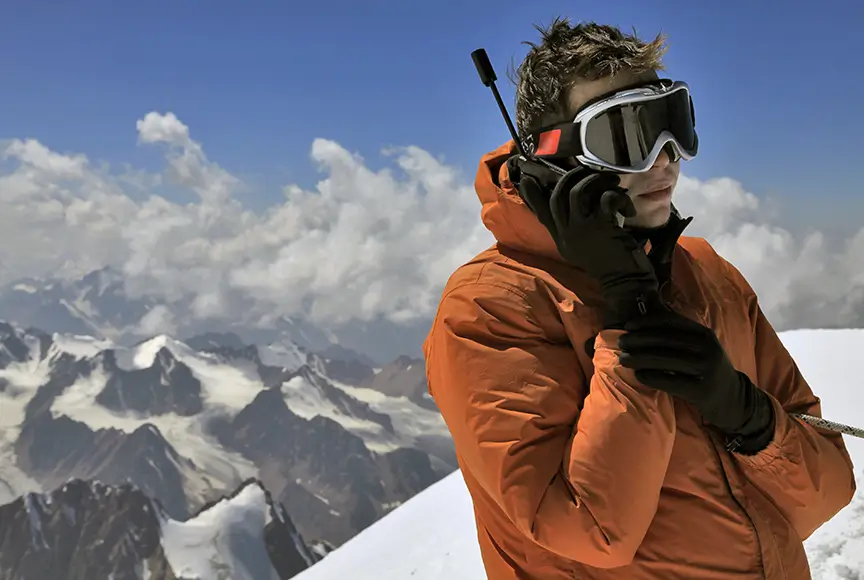
Emergency Communication: Staying Connected on the Mountain
In the event of a sudden weather change, effective communication can be the difference between life and death. Being able to contact fellow climbers or emergency services is crucial for coordinating rescue efforts, providing updates on your status, and receiving vital information about the weather and terrain. Ensuring that you have reliable communication tools and know how to use them is a fundamental part of climbing preparation.
One of the most important tools for staying connected on the mountain is a satellite phone. Unlike regular mobile phones, which may lose signal in remote areas, satellite phones can provide a reliable means of communication even in the most isolated locations. They can be used to call for help, relay your position, and receive weather updates. It’s essential to familiarize yourself with the operation of the satellite phone and ensure it is fully charged before the climb.
Two-way radios are another valuable communication tool, especially for teams of climbers. These devices allow for instant communication between team members, making it easier to coordinate movements, share observations about weather conditions, and respond quickly to emergencies. Radios should be kept in waterproof cases and have extra batteries on hand to ensure they remain functional throughout the climb.
Personal locator beacons (PLBs) and GPS devices also play a critical role in emergency communication. PLBs can send distress signals with your exact location to rescue authorities, significantly increasing the chances of a successful rescue operation. GPS devices help you track your location, navigate difficult terrain, and share coordinates with your team or emergency services. By integrating these communication tools into your climbing routine, you can enhance your safety and ensure that you’re never truly isolated, no matter how remote your location.
First Aid Essentials for Climbers: What to Pack
First aid knowledge and a well-stocked kit are indispensable for climbers, especially when facing sudden weather changes. The ability to treat injuries, manage illnesses, and stabilize conditions until help arrives can make a significant difference in the outcome of an emergency situation. Packing a comprehensive first aid kit tailored to the specific risks of climbing is a fundamental part of preparation.
A basic first aid kit for climbers should include bandages, adhesive tape, antiseptic wipes, and antibiotic ointment for treating cuts and abrasions. Additionally, items like blister pads and moleskin can help manage the common but painful issue of blisters, which can impede progress and increase the risk of infection. It’s also important to include sterile gauze, scissors, and tweezers for more serious wounds and splinters.
Pain relief medications such as ibuprofen and acetaminophen are essential for managing pain from injuries or altitude headaches. Anti-inflammatory medications can help reduce swelling from sprains or strains. Including antihistamines for allergic reactions and antidiarrheal medications is also wise, as gastrointestinal issues can be debilitating in a remote environment. Electrolyte tablets can be lifesavers, helping to prevent dehydration and maintain energy levels during strenuous climbs.
For more serious emergencies, items such as a CPR mask, a SAM splint, and an emergency blanket are critical. A CPR mask ensures that you can safely perform mouth-to-mouth resuscitation, while a SAM splint can be molded to stabilize fractures. An emergency blanket is vital for preventing hypothermia, which can occur rapidly in cold and wet conditions. By packing these essential items and knowing how to use them, climbers can be better prepared to handle medical emergencies and protect themselves and their teammates.
Navigating Difficult Terrain in Poor Weather Conditions
Navigating challenging terrain under adverse weather conditions requires skill, patience, and a strategic approach. Poor visibility, slippery surfaces, and unpredictable weather patterns can transform a straightforward climb into a hazardous endeavor. Developing techniques for safely traversing these conditions is crucial for maintaining progress and ensuring safety.
When visibility is low, such as during fog, heavy snow, or rain, climbers must rely on their navigation tools and skills. A compass and map are indispensable for maintaining direction, especially when familiar landmarks are obscured. GPS devices can provide additional guidance, but it’s important to cross-reference with a map to avoid over-reliance on technology. Marking your route with visible flags or cairns can help ensure you can find your way back.
Slippery and unstable surfaces pose significant risks during poor weather. Ice, snow, and wet rock can make footing treacherous and increase the likelihood of falls. Using crampons and ice axes provides better traction on icy surfaces, while careful foot placement and maintaining three points of contact (two hands and one foot, or two feet and one hand) can enhance stability. Moving slowly and deliberately, testing each step’s security, and avoiding overexertion can help prevent accidents.
Adapting to the terrain also means recognizing when it’s safer to retreat. Sometimes the best decision is to turn back or find shelter until conditions improve. Knowing your limits and understanding that the mountain will always be there for another attempt is crucial. Prioritizing safety over ambition ensures that you can climb another day, equipped with the lessons learned from challenging experiences.
The Importance of Teamwork and Communication in Emergencies
Acclimatization is a critical aspect of high-altitude climbing, as it allows the body to adapt to the reduced oxygen levels encountered at higher elevations. Proper acclimatization strategies are essential for minimizing the risk of altitude sickness and ensuring a successful ascent of Ama Dablam. The process involves gradually ascending to higher altitudes while giving the body time to adjust to the changing conditions.
Teamwork and communication are the cornerstones of safety in climbing, especially during emergencies. A well-coordinated team can respond more effectively to sudden weather changes, manage risks more efficiently, and provide mutual support. Establishing clear communication protocols and fostering a collaborative spirit are essential for successful and safe climbs.
Before embarking on a climb, it’s vital to establish roles and responsibilities within the team. Each member should be aware of their specific duties, whether it’s navigation, first aid, or setting up camp. This clarity helps the team to function smoothly and ensures that everyone knows what to do in case of an emergency. Regularly practicing emergency drills can also enhance readiness and reinforce each member’s role.
Effective communication involves both verbal and non-verbal signals. In high-wind or noisy conditions, hand signals can convey important messages when voices cannot be heard. Agreeing on a set of standard signals before the climb ensures that everyone understands and can use them when necessary. Additionally, maintaining regular check-ins with team members helps to monitor each other’s condition and catch any signs of distress early.
Supporting each other mentally and physically is also crucial. Encouragement and reassurance can boost morale during tough conditions, while practical support, such as sharing gear or food, can alleviate individual burdens. In emergencies, the collective effort and solidarity of the team can make a significant difference in the outcome. By working together and maintaining open lines of communication, climbers can navigate challenges more effectively and enhance their overall safety.
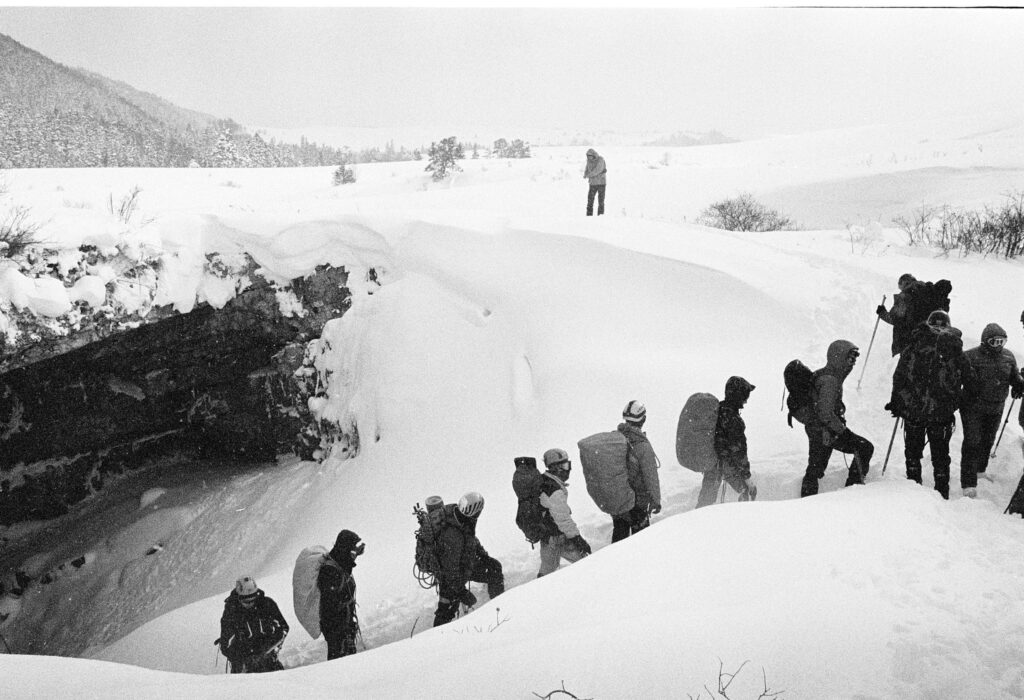
Case Studies: Real-Life Climbing Emergencies and Lessons Learned
Examining real-life climbing emergencies provides valuable insights and lessons that can improve preparedness and response strategies. These case studies highlight the importance of proper planning, quick thinking, and the ability to adapt to unforeseen circumstances. By learning from the experiences of others, climbers can better equip themselves to handle similar situations.
One notable case is the 1996 Mount Everest disaster, where a sudden storm caught several climbing teams off-guard, leading to the deaths of eight climbers. This tragedy underscored the importance of adhering to turnaround times, the predetermined points at which climbers must decide to turn back regardless of how close they are to the summit. The disaster also highlighted the need for better communication and coordination among teams and the critical role of weather forecasting in planning summit bids.
Another case study involves the 2008 K2 disaster, where an ice avalanche struck climbers during their descent, resulting in 11 fatalities. This incident emphasized the dangers of descending in the dark and the importance of timing climbs to ensure daylight for the descent. It also revealed the risks associated with bottlenecks on the mountain, where multiple teams converge on narrow passages, increasing the likelihood of accidents and delays.
A more recent example is the 2019 Nanda Devi East disaster, where an avalanche buried a team of climbers. The incident highlighted the importance of avalanche safety training and the need for carrying and knowing how to use avalanche transceivers, probes, and shovels. These tools and skills can significantly improve the chances of survival and rescue in avalanche-prone areas.
These case studies reinforce the fundamental principles of climbing safety: thorough planning, adherence to safety protocols, effective communication, and the ability to make tough decisions under pressure. By studying these real-life events, climbers can gain a deeper understanding of the risks involved and take proactive measures to mitigate them.
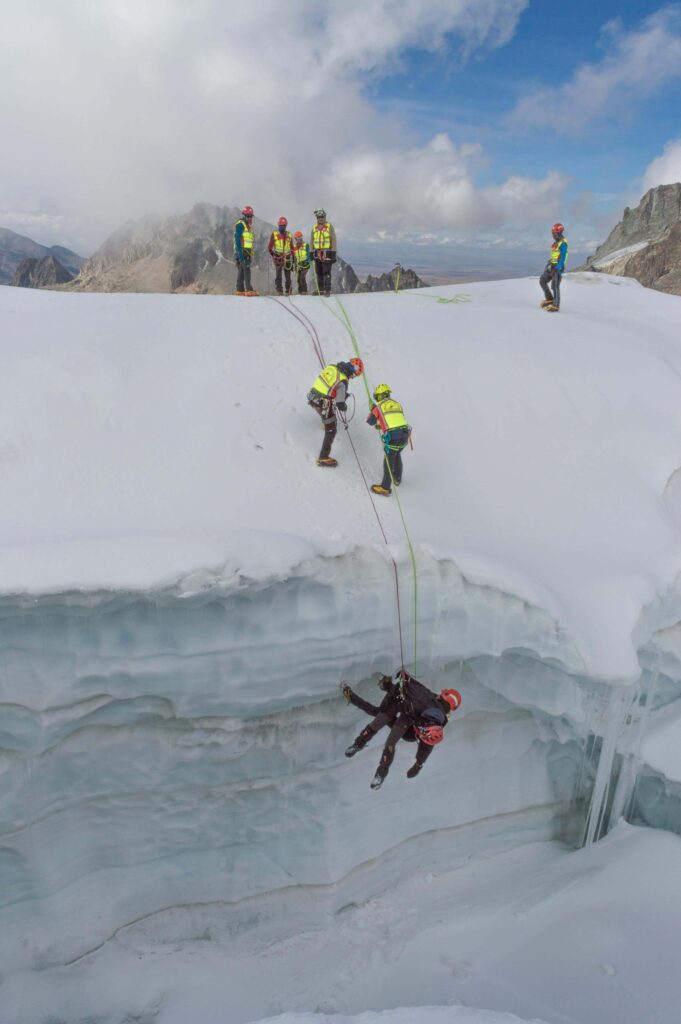
Training for Adverse Conditions: Skills Every Climber Should Have
Training for adverse conditions is essential for developing the skills and confidence needed to handle unexpected challenges during a climb. Practical training, combined with theoretical knowledge, equips climbers with the tools to respond effectively to sudden weather changes and emergencies. Investing time in training can enhance both individual and team safety.
One of the key skills every climber should have is proficiency in navigation. This includes using a map and compass, understanding topographic features, and being able to navigate without relying solely on GPS devices. Practicing these skills in various conditions, such as low visibility or unfamiliar terrain, helps build competence and confidence. Navigation courses and workshops can provide structured learning and hands-on experience.
Another critical area of training is first aid and emergency response. Knowing how to assess and treat injuries, manage hypothermia, and perform CPR are fundamental skills that can save lives. Participating in wilderness first aid courses provides practical knowledge and hands-on training in dealing with medical emergencies in remote settings. Additionally, practicing emergency scenarios with your climbing team can enhance coordination and readiness.
Technical climbing skills are also vital, especially for dealing with difficult terrain in poor weather. This includes using ropes, knots, and anchoring techniques, as well as handling specialized equipment like crampons and ice axes. Training in various conditions, such as ice climbing or glacier travel, helps climbers develop the technical proficiency needed for different environments. Climbing gyms and outdoor courses offer opportunities to learn and practice these skills under the guidance of experienced instructors.
By investing in comprehensive training, climbers can develop the essential skills needed to navigate adverse conditions and respond effectively to emergencies. Regular practice and continuous learning ensure that these skills remain sharp and ready for use when needed.
Conclusion: Staying Safe and Enjoying the Climb
Climbing is a rewarding and exhilarating pursuit that offers unparalleled challenges and experiences. However, the unpredictability of weather in mountainous regions necessitates a proactive approach to safety. Understanding the risks, preparing adequately, recognizing weather patterns, and maintaining effective communication are all critical components of staying safe during a climb.
Equipping yourself with the right gear, honing essential skills, and fostering teamwork ensures that you can handle sudden weather changes with confidence. Learning from real-life case studies and continuously improving your knowledge and abilities further enhances your preparedness. By prioritizing safety and being vigilant, you can enjoy the thrill of climbing while minimizing the risks.
Ultimately, the goal is not just to reach the summit but to return safely with stories of adventure and lessons learned. Every climb is an opportunity to test your limits, connect with nature, and experience the beauty of the mountains. With the right preparation and mindset, you can ensure that each climb is a celebration of both adventure and safety.

About the Author
Anano Atabegashvili is a journalist with over 5 years of experience in broadcasting and digital media. Passionate about writing and mountains, she brings a unique voice to high-altitude storytelling. As the author of the Summiters Club blog, Anano offers sharp, engaging coverage of climbs, challenges, and the evolving world of alpinism.




Comments